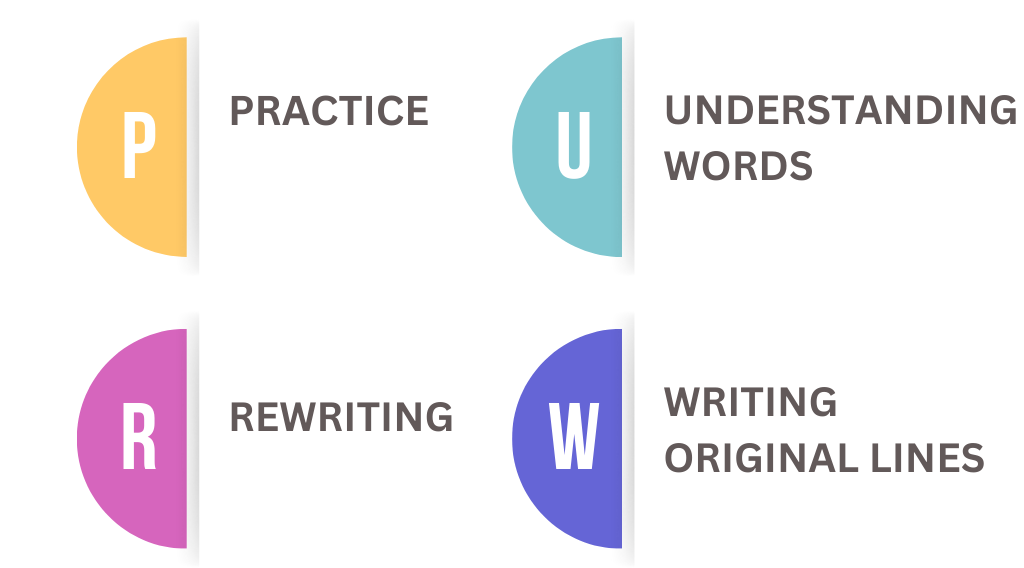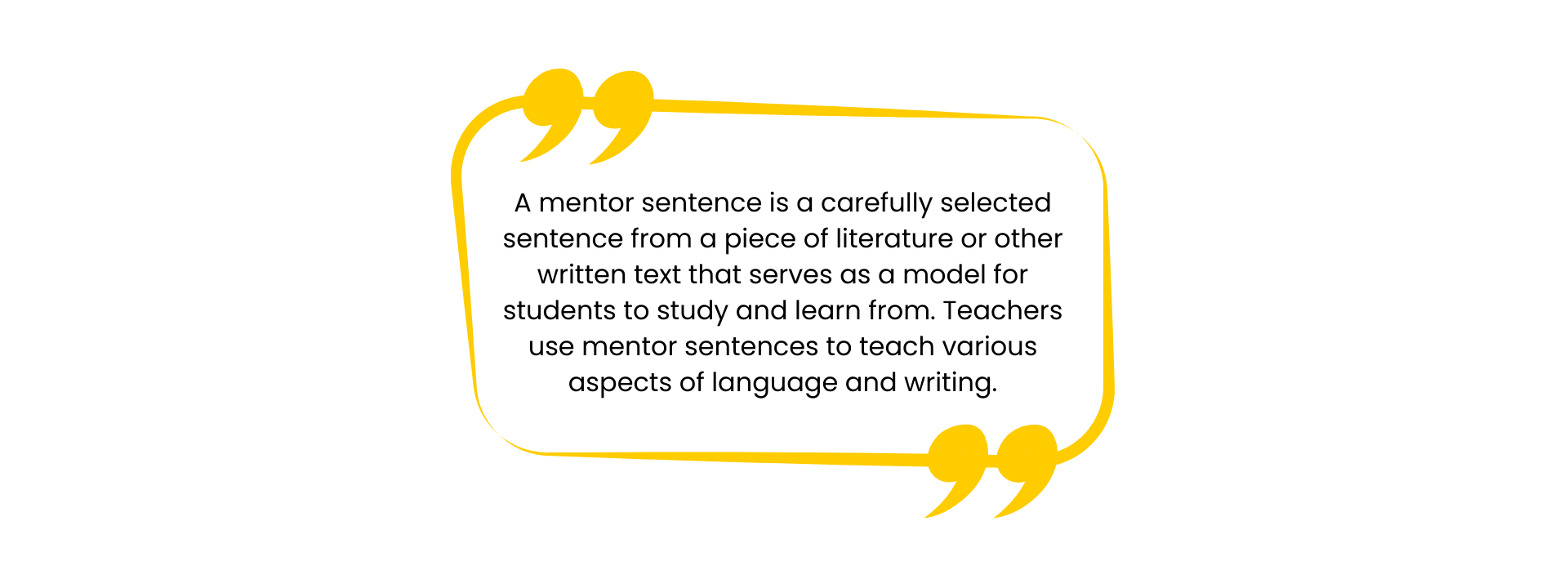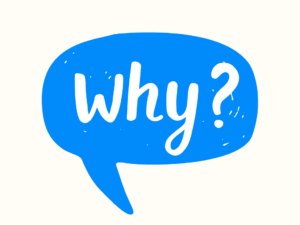![Write Letters for Money [top 13 ways]](https://kountif.com/wp-content/uploads/2024/08/Write-Letters-for-Money-top-13-ways-.jpg)
There are times when you only need a few things to teach language and writing to kids. Mentor sentences are one of the best ways to improve your writing because they not only explain language and style but also take writing to a whole new level.
This whole guide will explain what mentor sentences are, what their benefits are, and how teachers and students can link up with them. A mentor sentence could change the way you learn a language, whether you’re a teacher planning lessons, a wannabe writer working on your craft, or a language lover getting better.
Table of Contents
ToggleHere are some fun ways to use mentor sentences:

- Every day should start with a mentor phrase related to the primary concept of the lesson.
- Play activities with the kids to help them recognize dependent clauses, subject-verb connections, and speech features in order to break down complex sentences into digestible bits.
- It should be a challenge for students to understand literary devices and how they impact the reading experience.
- Discuss the definitions attached to specific terms and the author’s intent when employing them.
Why Do I Need to Use Mentor Sentences?
It’s essential to understand why mentor sentences should be a mainstay in your language collection before we get into the ‘how.’ Mentor sentences do more than teach language; they show how it works in real life. Language occupations that are just drills and practices done over and over again are taken away to make learning more fun and engaging. For language learners, using mentor words helps them keep in mind what they’ve learned. This makes the process of learning better and gives it purpose.
When should I use Mentor Sentences?
Mentor sentences may be included during different writing phases and are flexible. A mentor sentence may be introduced at the beginning of a writing project, used as a revision tool for reinforcing essential ideas, or read for inspiration at any stage of the writing process. These are helpful for both beginning writers’ grammatical discoveries and seasoned writers’ continuous growth because of their broad application.
How do I use them?
The technique of integrating mentor phrases into your teaching or learning process is balancing planning with creativity. A well-thought-out mentor sentence lesson includes:
- Talking about why the phrase works.
- Writing tasks that use the patterns found.
- Basic language lessons.
The main goal is to become an involved writer who sees grammar choices as meaningful and essential to the reader’s experience.
Things to Do to Practice Mentor Sentences

Practice
Use mentor sentences as active participants in the learning process as well as examples. Students should work on analyzing the author’s style, grammatical rules and regulations, and sentence structure.
Rewriting and adding to lines
Students should be asked to rephrase the mentor statement using a different verb tense or sentence structure. They may also build on the idea the mentor line presented by giving more details and making the story stronger.
Understanding words in their full context
Look at the mentor sentence and any new words or phrases to see what they mean in light of what it says. This makes it possible to understand terminologies and textual variations on an advanced level.
Writing original lines with help from teachers
Under the guidance of instructors, students can write original sentences that follow the pattern of the mentor text while infusing their unique voices and ideas.
A plan for teaching kids mentor sentences every week!
When you have a well-thought-out plan, mentor words become an essential part of the learning process. Teachers can use the following week-long plan as a starting point to introduce, build on.

On Day 1, break down the grammar of the Sentence
Start with the model sentence and ask the students to figure out what each part does. You can do this by talking about the functions of Parts of Speech. Look into how the line is put together, like whether it is simple, complicated, or complex.
On Day 2, look for Examples of the Mentor Sentence Patterns
Look for similar sentence patterns in other works as well as the original master phrase. This helps you understand better and shows that these patterns can be found in writing.
On Day 3: To Improve your Writing, look at other cases or do other work
There are many ways to go over the ideas again right now, such as through language games, chores, or group projects.
On Day 4: Change the Sentence: a Hands-on Lesson
Give the original mentor sentence a new twist by changing the content but keeping the chosen grammar pattern. This hands-on method helps people understand and be creative.
On Day 5, Have Students Write their lines using the pattern. If necessary, give them a quiz
On the final day, the students are tested on how well they understand the guideline and how to use it. A quiz or piece of writing written on the spot can be used as a test to see how well you understand.
Mentor Sentence Integration Plan
| Day | Activity |
|---|---|
| Day 1 | Break down the grammar of the sentence |
| Day 2 | Find examples of the mentor sentence pattern |
| Day 3 | Reinforce the concept through language games or group projects |
| Day 4 | Change the sentence: a hands-on lesson |
| Day 5 | Students write their own sentences using the pattern |
Benefits
There are many advantages to using model phrases that go in addition to what you learn in school. Through writing, students improve their rewriting skills, learn how to use language more fluently and learn how to think analytically. Here are some of the best reasons to use it in your language and writing classes.
Improving grammar and syntax
Mentor sentences show how to use correct language and spelling clearly by giving examples from real life. Students can use these gold standards as guides for their work, which will help them naturally use more language structures and rules.
Enhancing vocabulary
When mentor lines are carefully chosen, they really contain a language impact. Students build a more significant, more accurate language that they can use in their work by reading and thinking about good books.
Developing writing skills
Engaging with mentor sentences helps people focus on the processes and skills of good writing. Students improve their writing skills through focused observation, which leads to better papers.
Encouraging critical thinking
By looking at the small details of language and style in mentor lines, you can develop your writing sense. Students learn how to make decisions like this in their writing and how to question why confident choices work.
Overview of Benefits
| Benefit | Description |
|---|---|
| Improves grammar and syntax | 40% reduction in grammar mistakes |
| Enhances vocabulary | 20% increase in learned words |
| Develops writing skills | 95% improvement in writing confidence |
| Encourages critical thinking | 60% improvement in analysis and critical thought |
Mentor Sentence Impact on Students
| Category | Impact | Percentage |
|---|---|---|
| Vocabulary Acquisition | Learn more words | 20% |
| Writing Confidence | Feel better about writing skills | 95% |
| Grammar Improvement | Reduce grammar mistakes | 40% |
| Critical Thinking | Improve analysis and critical thought | 60% |
| Engagement | Increase interest in writing tasks | 30% |
Conclusion
When it comes to teaching writing, buddy sentences stand out as a valuable and flexible tool. They work because they allow for creative, engaging, and hands-on learning. Using model sentences, teachers can help students not only understand how language works but also show they can explain themselves well. Learners can look forward to a road where language and style work together to help them become more eloquent.
FAQS
Q: How often should mentor sentences be used in a classroom setting?
A: The frequency of mentor sentence use is mainly dependent on the educators’ and learners’ preferences and needs. It can range from daily exercises to weekly immersions based on the curriculum and goals.
Q: What is a mentor text?
A: There is a bit of writing called a mentor text that can help student writers learn how to write well. Students can get better at writing by reading the mentor text and then talking about and figuring out the writing strategies and techniques that the author used.
Q: What are some digital resources or tools that can aid in using mentor sentences effectively?
A: Digital tools like sentence analysis software and writing platforms with grammar checkers enhance the mentor sentence experience. Platforms offering a variety of texts and publishing options also provide mentor sentence bundles for different curriculum needs.







![How to Write Acknowledgments for a Book [Complete Guide]](https://kountif.com/wp-content/uploads/2024/08/How-to-Write-Acknowledgments-for-a-Book-1-1.png)